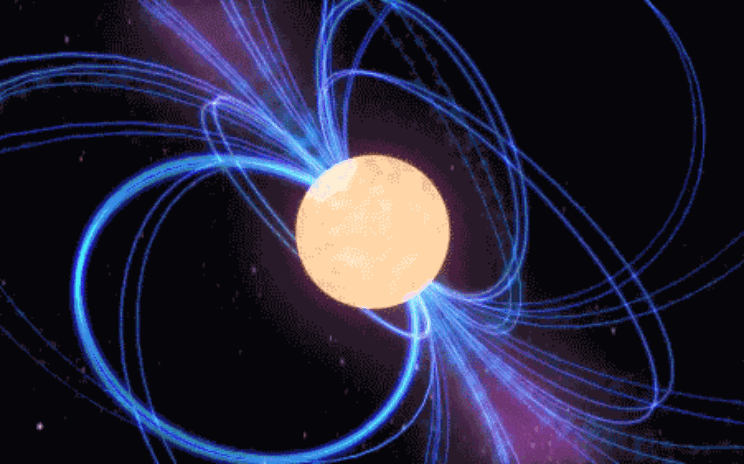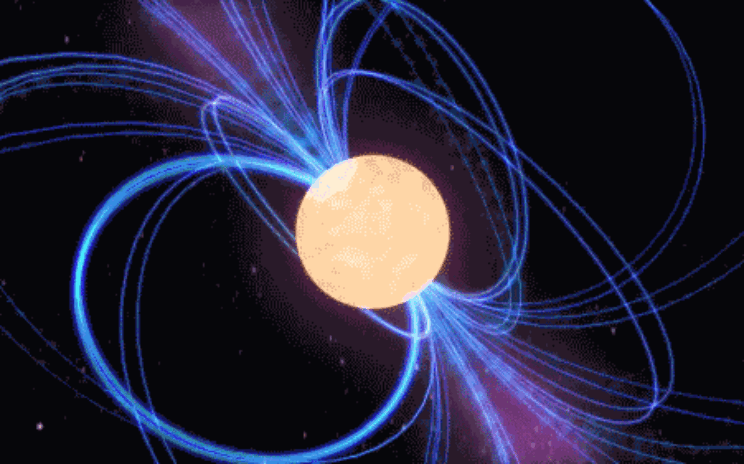Reshared post from +annarita ruberto Pulsars, a kind of cosmic lighthouses The Pulsars (Pulsating Radio Sources) are rapidly rotating neutron stars with a very high magnetic field, which emit a collimated beam of radio waves.The radio emission, coming from the magnetic poles of the star, is confined within a small cone of emission and, if the magnetic axis is not aligned with the rotational one, the neutron star acts as a sort of cosmic lighthouse and an observer on Earth will see a sequence of pulses of radio waves. Let's see how a pulsar comes into being. When a massive star, exhausted its nuclear fuel, ends its life, it happens a supernova explosion and it remains a compact remnant . This object, named Neutron Star, has a radius of about 10 km and a mass equal about to 1.5 that one of the sun (whose radius is 700,000 miles). A Neutron Star is thus the "ash" that remains when a massive star collapses on itself and burns. The gravity force prevails on the electronic force that holds the atoms separated from each other and compresses them into a mass ten trillion times denser than a lead block. A single teaspoon […]
If I could I would want to see a neutron star before I die.. Originally shared by +annarita ruberto Pulsars, a kind of cosmic lighthouses The Pulsars (Pulsating Radio Sources) are rapidly rotating neutron stars with a very high magnetic field, which emit a collimated beam of radio waves.The radio emission, coming from the magnetic poles of the star, is confined within a small cone of emission and, if the magnetic axis is not aligned with the rotational one, the neutron star acts as a sort of cosmic lighthouse and an observer on Earth will see a sequence of pulses of radio waves. Let's see how a pulsar comes into being. When a massive star, exhausted its nuclear fuel, ends its life, it happens a supernova explosion and it remains a compact remnant . This object, named Neutron Star, has a radius of about 10 km and a mass equal about to 1.5 that one of the sun (whose radius is 700,000 miles). A Neutron Star is thus the "ash" that remains when a massive star collapses on itself and burns. The gravity force prevails on the electronic force that holds the atoms separated from each other and compresses them […]

